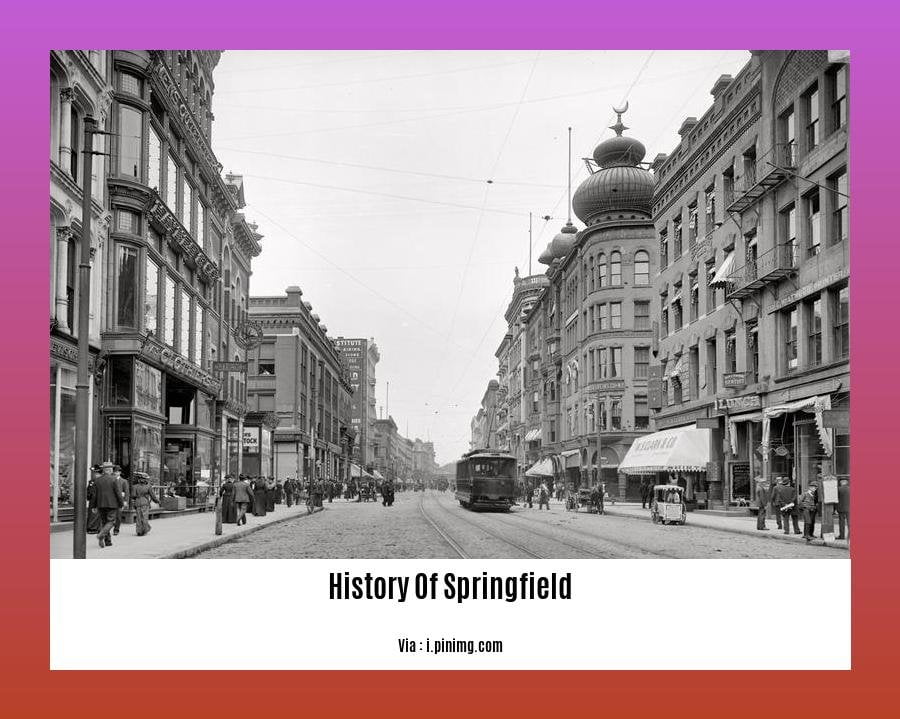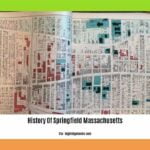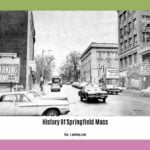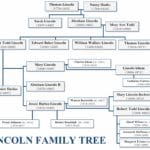Embark on a captivating journey through time as we explore the rich history of Springfield. From its humble beginnings to its present-day vibrancy, the city has witnessed a remarkable transformation, shaped by the interplay of social, economic, and cultural forces. Join us as we uncover the fascinating stories, influential figures, and pivotal moments that have left an enduring legacy on Springfield.
Key Takeaways:
- Springfield was founded by European-Americans in the early 1800s.
- It was originally a settlement of the Connecticut Colony but later joined Massachusetts Bay Colony.
- Abraham Lincoln lived in Springfield for many years and is the town’s most famous resident.
History Of Springfield
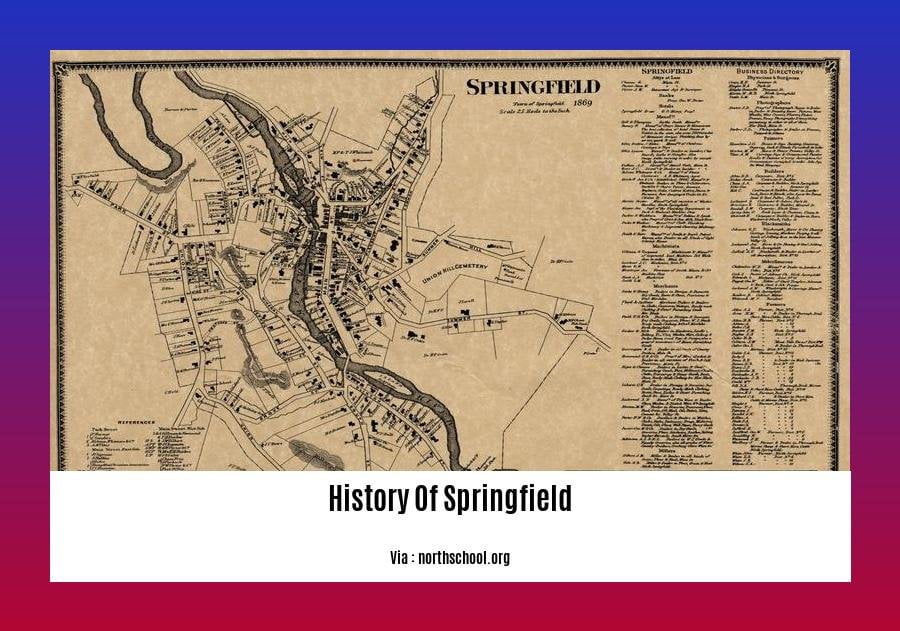
Welcome history enthusiasts! Let’s venture into the captivating History Of Springfield, a city steeped in heritage and brimming with stories to tell. From its humble beginnings as a frontier settlement to its pivotal role in shaping the nation’s destiny, Springfield’s journey is a tapestry woven with pivotal moments, influential figures, and indelible cultural imprints.
Step back in time to the late 1810s, when this corner of Illinois became a beacon of opportunity for settlers from the East. It was during this era that Springfield emerged as a hub for trade, agriculture, and politics.
Abraham Lincoln’s Legacy
No discussion of Springfield’s past would be complete without mentioning its most illustrious resident: Abraham Lincoln. The 16th President of the United States called Springfield home for over two decades, leaving an enduring legacy on the city and the nation. His residence, now known as the Lincoln Home National Historic Site, stands as a testament to his life and the profound impact he had on American history.
Architectural Treasures
As we stroll through the streets of Springfield, we are greeted by a symphony of architectural styles that reflect the city’s rich history. From the grandeur of the Illinois State Capitol to the charming Victorian homes lining its historic neighborhoods, Springfield’s architectural heritage tells the story of its evolution over the centuries.
Cultural Crossroads
Springfield has long been a melting pot of cultures and ideas. The city’s vibrant arts scene, thriving restaurant industry, and diverse community reflect its embrace of inclusivity and innovation. From the Hoogland Center for the Arts to the Korean Cultural Center, Springfield offers a wealth of opportunities to explore and appreciate diverse perspectives.
A Journey Worth Taking
History buffs, culture seekers, and those with a thirst for knowledge will find Springfield an irresistible destination. Immerse yourself in the History Of Springfield and discover the countless stories that have shaped this remarkable city. Whether you’re exploring its historic landmarks, delving into its cultural tapestry, or simply soaking up the ambiance of its charming streets, Springfield promises an unforgettable journey through time.
Would you like to read about the rich chronicles of Springfield, Massachusetts? Dive into the fascinating tale of Springfield’s past by clicking on history of Springfield, Mass. Looking for more historical details about Springfield, Massachusetts? Discover the captivating events that helped shape this city’s history by clicking on History of Springfield, Massachusetts. If you’re planning a visit, don’t miss our guide on the many exciting explorations Springfield, Mass offers. Find out about the top activities and attractions by clicking on Springfield, Mass Activities. For up-to-date news and local happenings, check out Springfield, Mass Times.
Urban Transformation and Social Change
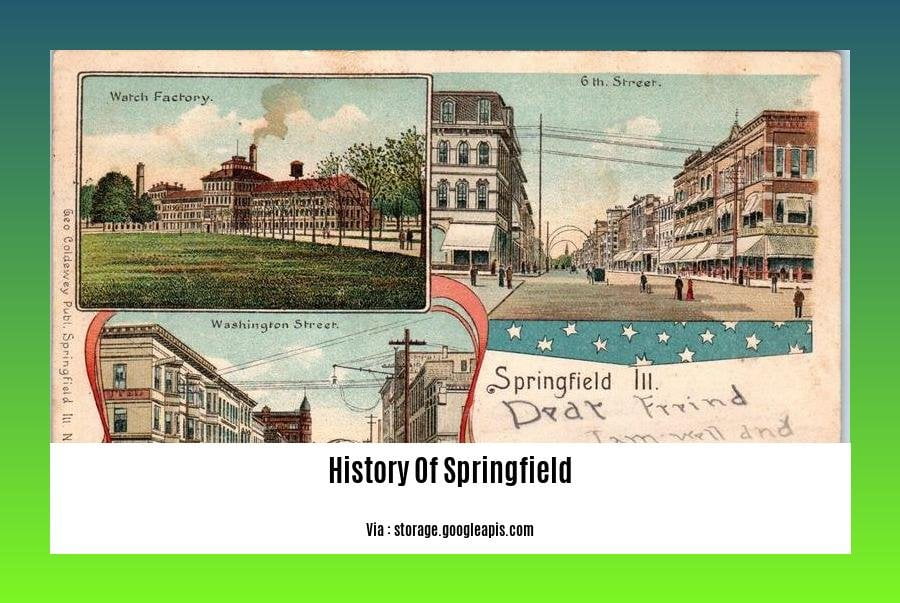
As cities morph and evolve over time, they serve as microcosms of transformation dynamics. Let’s explore how urban areas undergo these changes and their implications for sustainability and resilience.
Transformation of Cities
Cities are constantly reshaping their physical and social landscapes – new neighborhoods emerge, infrastructure upgrades, and local needs shift. These transformations have far-reaching impacts, shaping the urban experience and the well-being of its inhabitants.
For example, gentrification, while providing economic benefits, can also displace low-income residents and alter the social fabric of neighborhoods. Sustainable urban development seeks to balance progress with equity, ensuring that urban transformation benefits all.
Transformation in Cities
Cities are convergence points for people, ideas, and resources. This interaction creates a fertile ground for innovation and social change. Urban movements, such as the civil rights movement, have often originated in cities, challenging norms and shaping societal progress.
Cities also play a crucial role in fostering inclusivity. By providing opportunities for diverse groups to live, work, and interact, cities can promote social harmony and cultural exchange.
Transformation by Cities
Urbanization has fundamentally changed our planet. Cities consume vast amounts of resources, generate emissions, and influence global economic patterns. Addressing these challenges requires transformative solutions from cities themselves.
Smart city initiatives, for example, leverage technology to improve urban efficiency and reduce environmental impact. Participatory governance models empower citizens to shape the future of their cities, ensuring that urban transformation aligns with local needs and aspirations.
Key Takeaways:
- Urban transformation involves physical, social, and economic changes in cities, influenced by local needs and sustainability goals.
- Cities foster innovation, social movements, and inclusivity, transforming societal norms and promoting progress.
- Urbanization challenges necessitate transformative solutions from cities, such as smart city initiatives and participatory governance models.
Relevant URL Sources:
- Perspectives on urban transformation research: transformations
- 5 Things We Learned About Urban Transformation
20th Century Innovations and Challenges
As the 20th century dawned, Springfield stood poised for transformation. Technological innovations fueled industrial growth and urbanization, shaping the city’s landscape and setting it on a path of progress.
Industrial Revolution
The early 20th century witnessed a surge in manufacturing, with companies like Closets Clothing, The Elder-Beerman Company, and H.W. Williams Moving & Storage leaving their mark on the city’s economy. These businesses played a pivotal role in Springfield’s industrial development, creating jobs and fostering economic growth.
Urban Expansion
As factories sprang up, so did the need for housing for the growing workforce. Springfield underwent rapid urbanization, expanding its boundaries and developing new neighborhoods. This urban expansion brought with it challenges such as overcrowding, sanitation issues, and the need for improved infrastructure.
The Great Depression
The global economic crisis of the 1930s had a profound impact on Springfield’s industries. Factories closed, unemployment soared, and the city faced significant economic hardship. However, the resilience of its businesses and its people allowed Springfield to weather the storm and emerge stronger.
Post-World War II Growth
After World War II, Springfield experienced a period of relative prosperity. The city’s economy diversified, with the establishment of new businesses and the growth of the healthcare and education sectors. This period also saw significant investment in infrastructure, including the construction of new schools, hospitals, and roads.
Key Takeaways:
- Springfield’s 20th century was marked by technological innovations that fueled industrial growth and urbanization.
- The city faced challenges such as overcrowding and economic hardship during the Great Depression.
- Springfield emerged from the 20th century as a vibrant and diverse city, with a rich history of innovation and resilience.
Relevant URL Sources:
- 20th Century History of Springfield, and Clark County, Ohio, and Representative Citizens
- The 20th Century History of Springfield, Ohio
Modern Springfield: A Legacy Preserved
Strolling through Springfield’s Historic Heart
As we traverse Springfield’s streets, Victorian and Classical Revival structures stand as proud testaments to the city’s enduring heritage, particularly in the enchanting Phelps Grove Park Historic District. The iconic architecture narrates tales of Springfield’s bygone era, immersing us in the city’s rich history.
Contemporary Landmarks: A Testament to Innovation
Modern Springfield: A Legacy Preserved embraces progress while honoring its past. Architectural landmarks like the Jordan Valley Innovation Center exemplify this harmonious blend, showcasing Springfield’s commitment to fostering innovation and growth. These contemporary structures seamlessly integrate into the urban landscape, reflecting the city’s dynamism.
Nature’s Embrace: A Serene Canvas
Springfield’s parks, such as the Springfield Botanical Gardens, serve as tranquil oases, inviting respite and reflection. These verdant havens have profoundly influenced the city’s architectural evolution, providing serene backdrops for both historic and modern structures.
Preserving Springfield’s Heritage
Organizations like the Springfield Preservation Trust tirelessly work to safeguard Springfield’s architectural and cultural heritage, ensuring that its legacy endures for generations to come. Their unwavering dedication ensures that Springfield’s identity as a city interwoven with history and innovation continues to shine brightly.
Key Takeaways:
- Springfield’s architectural landscape: A captivating tapestry of Victorian, Classical Revival, and contemporary styles.
- Modern Springfield: Embraces innovation while preserving its historic charm.
- Parks and green spaces: Serene havens that enhance the city’s architectural beauty.
- Springfield Preservation Trust: Guardians of the city’s architectural legacy.
Relevant URL Sources:
- Springfield Preservation Trust
- Springfield History – Springfield Memorial Library
“`
FAQ
Q1: How did Springfield, Illinois, get its name?
A1: Springfield, Illinois, was initially a settlement of the Springfield Colony, but later joined Massachusetts Bay Colony and changed its name to Springfield.
Q2: Who is the most notable historical resident of Springfield, Illinois?
A2: Abraham Lincoln, who lived in Springfield from 1837 to 1861 before becoming President, is the town’s most notable historical resident.
Q3: What architectural styles are prominent in Springfield, Missouri?
A3: Springfield, Missouri’s historical architecture showcases Victorian and Classical Revival styles, including the Phelps Grove Historic District.
Q4: What is the Springfield Preservation Trust dedicated to?
A4: The Springfield Preservation Trust is dedicated to preserving and protecting the city’s historic and cultural heritage.
Q5: What is a notable contemporary landmark in Springfield, Missouri?
A5: The Jordan Valley Innovation Center is a significant contemporary landmark in Springfield, Missouri.
“`
- Unveiling the Enigma: Mansoureh Khojasteh Bagherzadeh’s Public Appearances & Private Life in Iran - July 18, 2025
- Unveiling the Mystery: Mansoureh Khojasteh Bagherzadeh’s Husband: A Rare Glimpse into a Private Life - July 18, 2025
- Unveiling Masoud Khamenei’s Mother: Power, Influence, and Iran’s Future - July 18, 2025
